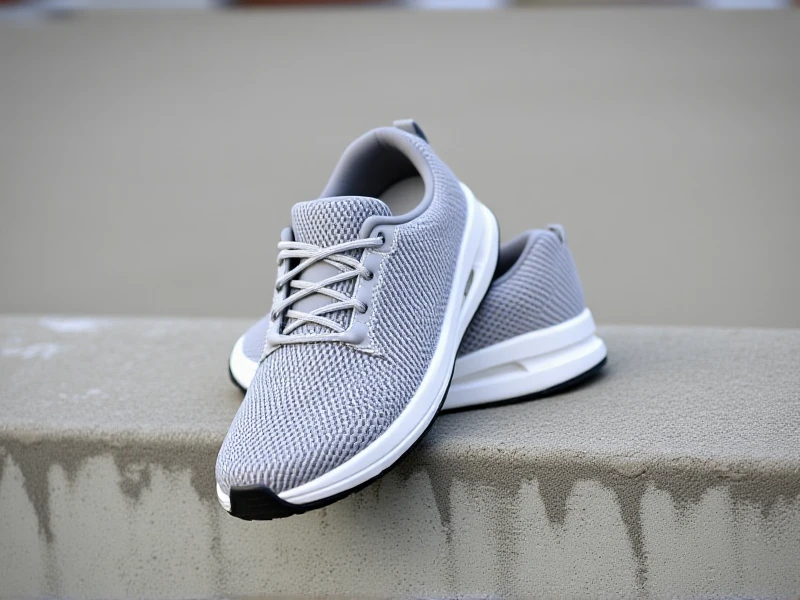
Your Ultimate Guide to Choosing the Best Running Shoes
When it comes to hitting the pavement or trails, the right pair of running shoes can make all the difference. As someone who logs miles regularly, I've seen how ill-fitting shoes lead to discomfort and injuries, while the perfect pair boosts performance and keeps you safe. In this guide, I'll simplify everything you need to know about running shoes, from basics to buying tips. Whether you're a beginner or a seasoned racer, you'll find practical advice to elevate your runs. Let's dive into why selecting quality running shoes matters and how to pick your ideal match.
First, understanding the importance of running shoes starts with your body. Your feet absorb impact with each stride, so shoes with proper cushioning reduce joint stress and prevent common issues like shin splints. For example, a supportive midsole keeps your alignment stable, minimizing strain. Brands like Nike and Asics specialize in shoes with advanced tech that adapts to your gait—key for injury prevention. I often advise focusing on comfort; if shoes pinch or rub during a trial jog, they're unlikely to work long-term. Plus, breathable materials aid temperature control, especially in summer months. By investing in good running shoes, you're safeguarding your health and enjoying every step more.
Next, explore the various types of running shoes to match your specific needs. Neutral shoes suit most runners with balanced arches, offering versatility for roads or tracks. Stability options are ideal if you overpronate, providing extra support to guide your foot's motion. Minimalist or barefoot-style running shoes encourage natural movement but require gradual adaptation—great for building strength. Off-trail? Trail running shoes feature rugged soles for grip and debris protection. Each type enhances your experience; I recommend trying on a few styles at a store. Personal factors like foot width or arch height should guide choices. For instance, wider feet benefit from brands like Brooks, known for accommodating fits. Always consider your running surface and intensity; it's not one-size-fits-all.
When buying new running shoes, several factors ensure a smart purchase. Start by getting your feet properly measured; many runners skip this and end up with blisters. Aim to shop late in the day when feet are swollen to simulate run conditions. Durability varies, but quality running shoes with reinforced outsoles last 300–500 miles. Budget-wise, $80–$150 buys reliable options that balance performance and cost—though deals abound. Look for user reviews on platforms like Runner's World to gauge real-world feel. My go-to tip: prioritize flexibility for natural motion. Test shoes with a light jog in-store; they should feel secure but not tight. Finally, remember seasonality: lightweight shoes shine in heat, while water-resistant pairs tackle rain.
For top picks, Adidas Ultraboost consistently ranks high for responsive cushioning, while Saucony's Ride 16 impresses with its smooth transition. Affordable gems like New Balance Fresh Foam cater to all paces. Whatever route you choose, pair them with proper socks for blister-free bliss. In short, the right running shoes transform training, prevent aches, and spark joy—start your search today to run stronger and safer. Share your favorite pair in the comments below! (Approx. 420 words)